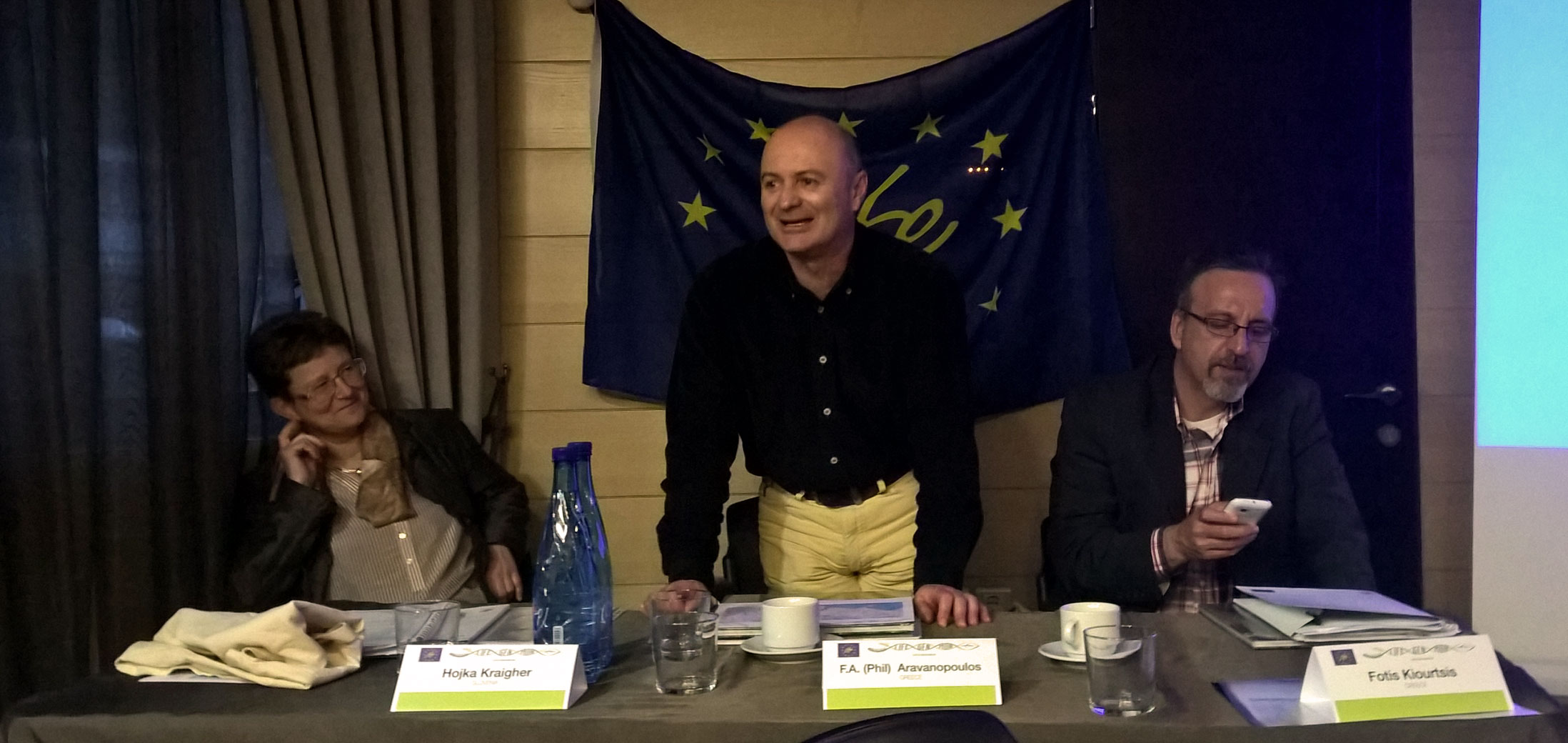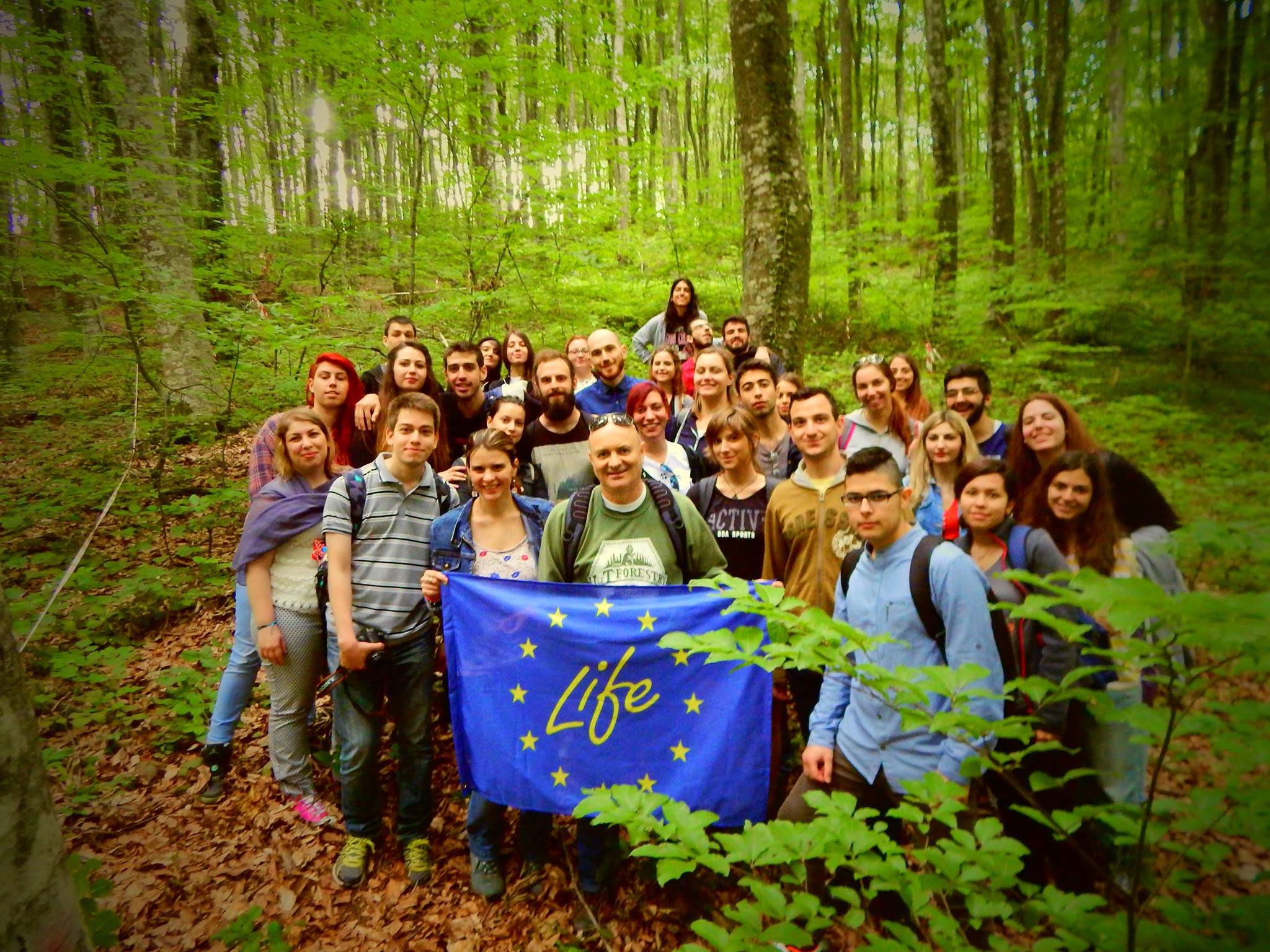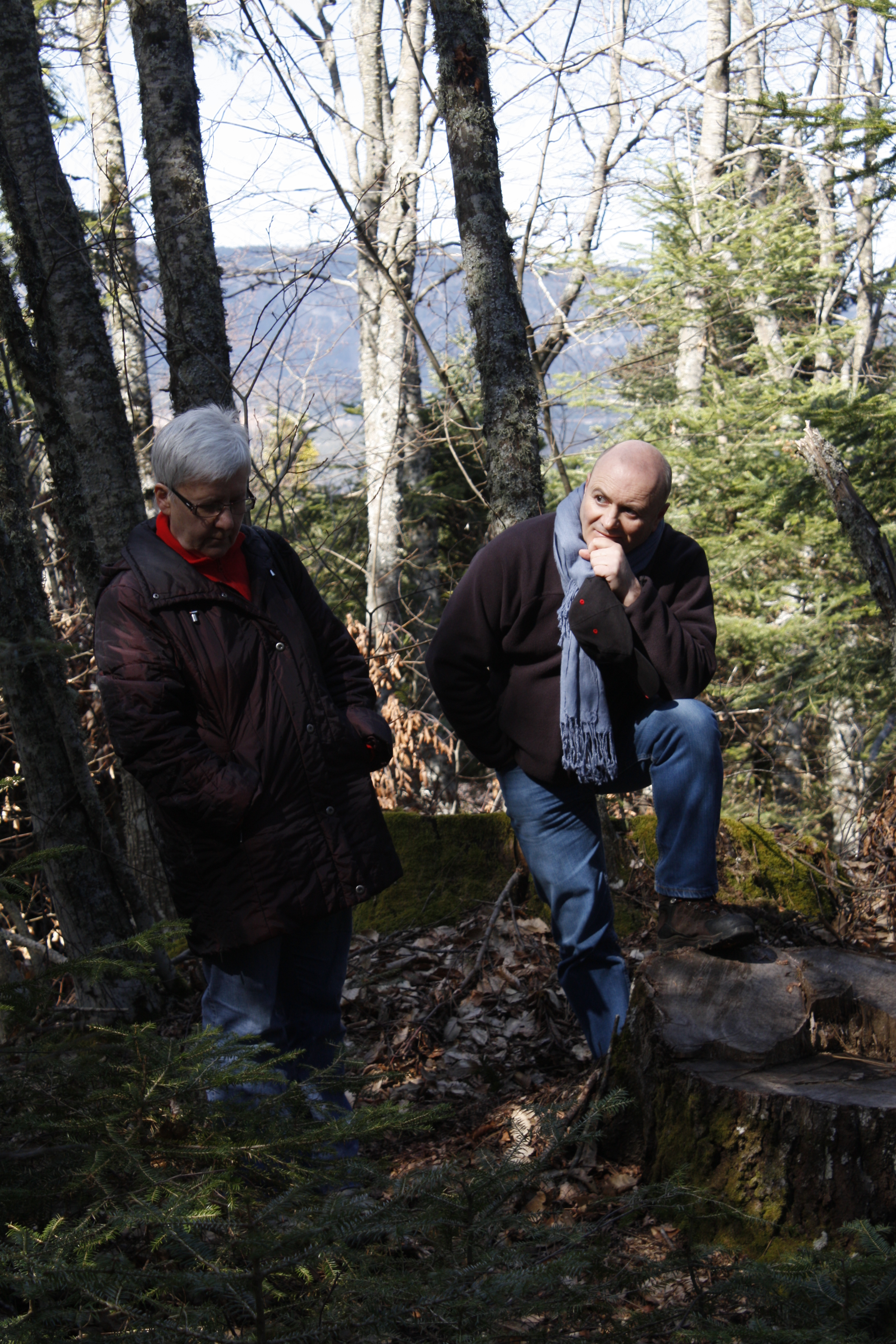July-September 2022 - LIFEGENMON
Α) Identity of the project
| Title/ N° |
LIFE for European Forest Genetic Monitoring System
LIFEGENMON - LIFE13 ENV/SI/000148 |
| Duration |
07/2014-12/2020 |
| Budget |
5,484,162 € |
|
Beneficiaries |
Coordinator: Beneficiaries: Greece |
| Location of activities |
The project was implemented by partners in Slovenia, Germany, Greece. The project area extends across a transect from Bavaria to Mt.Olympus, Six genetic monitoring sites installed in three countries. |
| Website | |
| Contact |
Filippos A. Aravanopoulos |
Description/Aim
The objective of Forest Genetic Monitoring (FGM) is to assess the current status of genetic resources and quantify relevant changes at a temporal scale, in order to preserve long – term adaptive evolutionary potential. By observing temporal changes in populations, casual components can be inferred, and their relative importance evaluated. FGM is therefore a prognostic tool and forms a method to secure the conservation of processes that maintain genetic variation in natural populations. FGM may enhance the potential for early detection of potentially harmful changes of forest adaptability before these appear at higher biodiversity levels (e.g. species or ecosystem diversity) and can improve the sustainability of applied forest management practices and direct further research.
Β) Best Practices
During the project’s duration a series of workshops and training sessions were organised for the forestry sector across the transect from Germany to Greece. It was established a well-functioning, internationally linked team of forestry professionals involved in Forest Genetic Monitoring.
Participation in scientific, professional, legislative and governance events to present the project’s aims and consequently prepared background, professional documents and guidelines for policymakers at the national, regional and EU levels to support the development of possible new regulations.
In the context of the program and with the aim of disseminating the results of scientific research Forest Genetic Monitoring practises were discussed and disseminated to promote it as a tool for sustainable forest management:
- A documentary about forests and climate change shown primetime on Slovenian national TV, RTV SLO 1.
- A presentation of FGM and climate change on Greek regional and national TV, ERT3.
- Presentation of the FGM to the Hellenic Parliament Environment Committee, broadcasted from hellenicparliamentTV.
- A documentary about LIFEGENMON on German National TV, Bayerische Rundfunk.
Also 3 interactive children’s books were published: "Journey to a big forest", "Guardians of the forest" and "Forest Diary".
- Journey to a Big Forest (http://www.lifegenmon.si/wp-content/uploads/2018/03/potovanje-v-gozd-ENG-web.pdf)
- Guardians of the forest (http://www.lifegenmon.si/wp-content/uploads/2018/03/varugi-gozda-eng-web.pdf)
- Forest Diary (http://www.lifegenmon.si/wp-content/uploads/2018/03/gozdni-dnevnik-ANG-web-1.pdf)
Videos about the program and the interactive children's books:
- LIFEGENMON Video: https://www.youtube.com/watch?v=qf3PqxSr1VA
- Big forest application for smartphones: https://youtu.be/_-ckqlYTOUI
- Children’s book video: https://youtu.be/iND1nqVtpdI
C) Results
- Forest Genetic Monitoring Sites:
Installation of six Forest Genetic Monitoring sites in Germany, Greece, and Slovenia: one site per country for beech (Fagus sylvatica) and one per country for fir (Abies alba/Abies borisii-regis).
- Standardized Protocols:
Standardized protocols for collecting demographic and genetic data; database developed for storing demographic and genetic data; selection of indicators and verifiers defined for three monitoring levels (basic, standard and advanced); costs of genetic monitoring per species/level/indicator/ verifier assessed (as part of a “Manual for Forest Genetic Monitoring” that has been developed).
- Manual for Forest Genetic Monitoring:
containing practical advice on the implementation of Forest Genetic Monitoring.
- Decision Support System:
will provide support for decision makers for the optimal choice of the level of Forest Genetic Monitoring, based on need and the means available.
- Suggested Modifications of Regulations at the National and European Scale:
The project is preparing the basis for a future Forest Genetic Monitoring system on national, regional and EU scales. It aims at implementing genetic monitoring in national and European environmental legislation. The detection and assessment of any significant changes in adaptive and neutral genetic variation over time by genetic monitoring should become an integral part of conservation programs and sustainable forest management practices. The project prepares future strategies for the application of Forest Genetic Monitoring to halt biodiversity loss at a pan-European scale (with the continuation of project activities).
- Guidelines for Forest Genetic Monitoring of Seven Tree Species:
The project developed guidelines for Forest Genetic Monitoring on a species basis for seven target species/ species complexes that are ecologically and economically keystone forest tree species. These guidelines are instructions for the foresters and other professionals on how to select, establish and carry out Forest Genetic Monitoring in the field. The selection of species covers a wide range of biological characteristics, as species differ in their biology and distribution, which is taken into consideration. Such instructions enable Forest Genetic Monitoring at national, regional and European scales.






